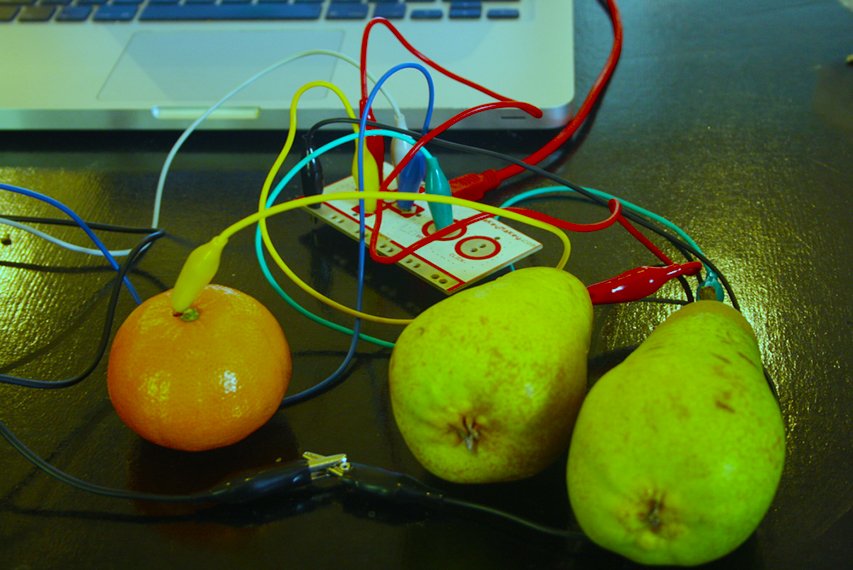Opinion in the UK is currently divided on whether or not progress in manufacturing and digital technology is a good or bad thing. As part of a major new exhibition about the future of manufacturing (The Future is Here, 24 July – 29 October), the Design Museum has carried out a survey with Ipsos MORI which reveals that just 6%, or one in 17 people in the UK, have an interest in owning a 3D printer. The large majority (71%) say they have heard not very much or nothing at all about 3D printing.
The poll, which interviewed 994 people across Great Britain, gives a snapshot of the nation’s attitudes towards this emerging technology. It analyses views on the pace of change and pressures brought about by radical developments in technology that are putting the individual at the centre of the design and manufacturing industry. The trend for custom made furniture and personalised trainers is making its way – via open source design files online and desktop 3D printers – into the home. But is this an invasion of technology, or is does it signal the advent of an age when the barriers of access to design and making will ebb away forever?
New manufacturing techniques will involve the users of products as never before, revolutionising the role of the consumer. How we manufacture, fund, distribute, and buy everything from cars to shoes is progressing fast. The Future is Here shows what that means for all of us.
Ben Page, Chief Executive of Ipsos MORI said: ‘Britain is divided into two tribes – those concerned that new technologies like the internet are destroying memory and knowledge, and unhappy with their pace of life, and those who embrace it as a powerful enabler of knowledge and who are comfortable with their busy lives.’
The Design Museum is collaborating with the UK’s innovation agency, the Technology Strategy Board, to deliver a major new exhibition about the sweeping changes in manufacturing that are transforming our world.
New manufacturing techniques will involve the users of products as never before, revolutionising the role of the consumer. How we manufacture, fund, distribute, and buy everything from cars to shoes is progressing fast. The Future is Here shows what that means for all of us. The boundaries between designer, maker and consumer are disappearing with a growing movement of ‘hacktivists’, who share and download digital designs online in order to customise them for new uses.
In a highly experimental move the museum will house the first ‘Factory’ of its kind where visitors can discover how 3D printing works and witness live production.
The exhibition looks at what exactly drives innovation and how it can lead to increased productivity and economic growth. A visit will reveal how the new industrial revolution has the potential to affect everyone, radically altering our attitudes to the pace of change driven by new technology.
Mass customisation is a central story: from trainer manufacturers offering personalised shoes on a global scale, to 3D printed dolls with features that consumers can design and order online. A carbon loom invented by Lexus to weave car parts such as steering wheels and dashboards from strong carbon fibre is represented, and other exhibits include an open-source approach to architecture, the WikiHouse.
Emerging technologies and platforms such as crowd funding, social networking digital looms, online marketplaces, 3D printing, nanotechnology, biotech, networked manufacturing, CNC [computer numerical controlled] routing and open-source micro computing, are all removing the barriers of access to manufacturing. It is the role of designers and the design process to participate in exciting new technologies, so that more people than ever before can take part in the production of our physical world.
The Future is Here presents today’s emerging technologies that will become the growth sectors of tomorrow.
Deyan Sudjic, Director, Design Museum:
‘200 years ago what happened in Lancashire’s cotton mills and Cornwall’s tin mines changed the world. Now it’s the turn of Silicon Roundabout and the hacktivists.’
Universities and Science Minister David Willetts:
‘The UK is home to some of the most innovative companies in the world, and their designs are essential to keeping the UK at the front of the global race for manufacturing. I have identified eight great technologies including robotics, regenerative medicine and advanced materials which I believe will play a role in boosting the UK economy. This exhibition provides an opportunity for visitors to see these ground-breaking technologies in action.’
The Mayor of London Boris Johnson:
‘The latest Design Museum exhibition shows how manufacturing and the relationship between designer and customer could change in a very short space of time. Our city’s future prosperity depends on the ability to stay at the forefront of innovation. With the most creative designers based here and a burgeoning technology sector, London is well-placed to maximise the potential of links between design and technology, which will become increasingly important as we compete on the global stage.’
Alex Newson, Curator, Design Museum:
‘Will changes in traditional manufacturing cause a reversal of the traditional manufacturing powerbases? Small-scale makers and sellers have typically produced the type of objects that factories don’t. But what if small companies, or even individuals, began making objects that were previously only viable, either technologically or economically, through mass-manufacture?’
David Bott, Director of Innovation Programmes at the Technology Strategy Board:
‘The role of the Technology Strategy Board is to sponsor exciting and high-value business-led innovation in the UK and we’re proud of the fact that over 60% of our R&D investment goes to small and medium sized companies, where so much innovation takes place. We’re delighted to support this exhibition as both a wonderful showcase for innovative, disruptive technologies – many of which are already having a profound effect on our lives – and as a snapshot of some of the businesses we’ve supported on their journey to commercial success.
Image Credits: Formlabs 3D Printer, Swing Vote live Twitter poll by Pan Studio for Design Museum, Kuka Robotics

Hayden Richards is Contributor of IntelligentHQ. He specialises in finance, trading, investment, and technology, with expertise in both buy-side, sell-side. Contributing and advising various global corporations, Hayden is a thought leader, researching on global regulatory subjects, digital, social media strategies and new trends for Businesses, Capital Markets and Financial Services.
Aside from the articles, interviews and content he writes for IntelligentHQ, Hayden is also a content curator for capital markets, analytic platforms and business industry emerging trends. An avid new media explorer Hayden is driven by a passion for business development, innovation, social business, Tech Trading, payments and eCommerce. A native Trinidadian, Hayden is also a veteran, having served with the Royal Air Force Reserves for the past 10 years.
Follow Hayden on Twitter @HaydenARichards, linkedin.com/haydenhrichards and http://www.scoop.it/u/hayden-richards



























